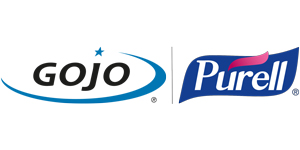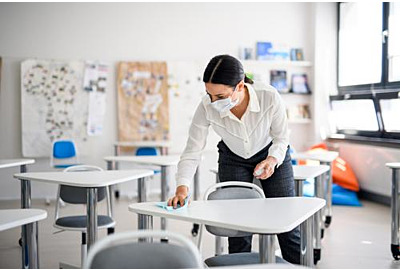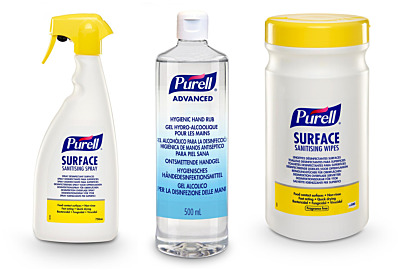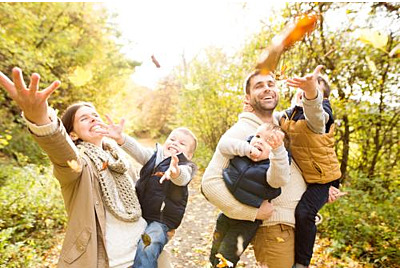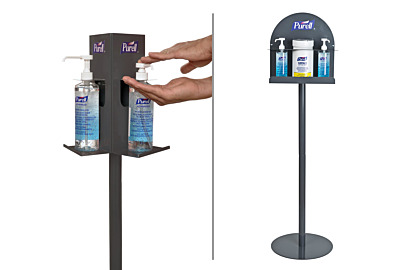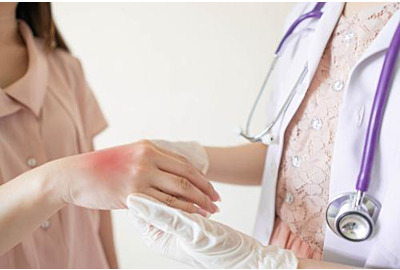As schools reopen, now is the time to think about how best to keep school buildings and classrooms clean and sanitised. Here are some tips school administrators, teachers, and building maintenance staffs can follow to maintain a safe environment and reduce the risk of exposure for their students.
This year the autumn's cool season brings not only colourful leaves and chestnuts. It also comes with a certain insecurity. The first wave of colds is approaching, the annual flu season is coming and to cap it all off, Coronavirus is still a threat.
Throughout the country, worried parents, teachers and facility managers at schools are wondering:
- How long will schools remain open?
- Is there a risk of a second wave of school closures?
- Will home-schooling at the same time as remote-working be the order of the day again?
4 points that are important for the application of surface disinfectants
Fortunately, we are all capable of preventing the worst - with the right hygiene precautions. There has been a lot of talk about hand washing, but keeping surfaces clean and hygienic is also of vital importance. After all, schools are full of germs that can weaken the immune system.
With surface sanitisers, this danger can be reduced - not only in schools, but also in all professional environments in which many people come together day by day. However, when using surface disinfectants, the correct handling is crucial.
Here are some tips that educators, teachers and facility managers can follow to reduce the spread of germs.
#1 Only use scientifically tested surface disinfectants
Surface sanitisers should be tested for their effectiveness and consumer safety. Therefore, make sure that the product has been evaluated in clinical studies and its effectiveness has been scientifically proven.
#2 Choose a surface disinfectant that is safe for use around children
Not all surface sanitisers are recommended for use in schools and kindergartens/preschools or in professional environments. Some may contain harmful active ingredients and cause severe irritation of the respiratory tract or asthma attacks. You should therefore pay attention to the ingredients on the label.
#3 Ensure that the surface sanitisers are applied correctly
Sanitisers are only effective if they are used as specified on the label. Before use it is essential that you read everything about the recommended exposure time and the instructions for use. Many products have to stay wet for an extended period of time in order to effectively kill germs, so it is important that you do not dry surfaces off.
#4 Clean and disinfect frequently touched surfaces
The European Centre for Disease Prevention and Control have made recommendations on where regular cleaning and disinfection is important. Areas such as the following are particularly exposed to germs:
- Door handles
- Handrails
- Light switch
- Sink handles
- Desks
- Computer keyboards
- Smartphones
- Tablets
- Cabinet handles
- Playground equipment
Tip: Before using a surface sanitiser on screens or electronic equipment, you should check with the manufacturer to see whether it can damage the surface of the equipment.
Choosing the right surface sanitiser: the formula is that what counts
Since February, the demand for hygiene products - especially hand disinfectants and surface disinfectants - has grown exponentially. As a result, products that are harmful to health are in circulation. They have not been tested, not been certified and their effectiveness has not been proven. Recently, a warning was issued against a German online shop that sold a sanitiser that falsely strengthened the expectation of many customers they were particularly protected from Covid-19. However, the necessary approval for the hygiene product was missing.
This is obviously a worldwide phenomenon. The American health authority FDA has now issued warnings and bans a lot of disinfectants containing methanol instead of ethanol. In contrast to ethanol, methanol is highly toxic to humans. Even the absorption of small doses via the skin or by respiration can lead to blindness, and in higher doses to death.
With PURELL surface sanitisers, users in schools and various professional environments are safe:
- They can be used in environments where children or sensitive people are present.
- PURELL® surface sanitisers kill many organisms in 30 seconds and the human coronavirus in PURELL® surface sanitisers kill many organisms in 30 seconds, including the human coronavirus.
- PURELL® surface sanitisers are safe to use on electronic touchscreens, including mobile phones and tablets.
“For us at GOJO, nothing is as important as making sure that everywhere from classrooms and restaurants, to hospitals and homes have access to the highest quality formulations of hand sanitiser. In line with our GOJO Purpose of Saving Lives and Making Life Better, never have we felt more responsibility to deliver on this promise”, said Carey Jaros, President and CEO of GOJO.
